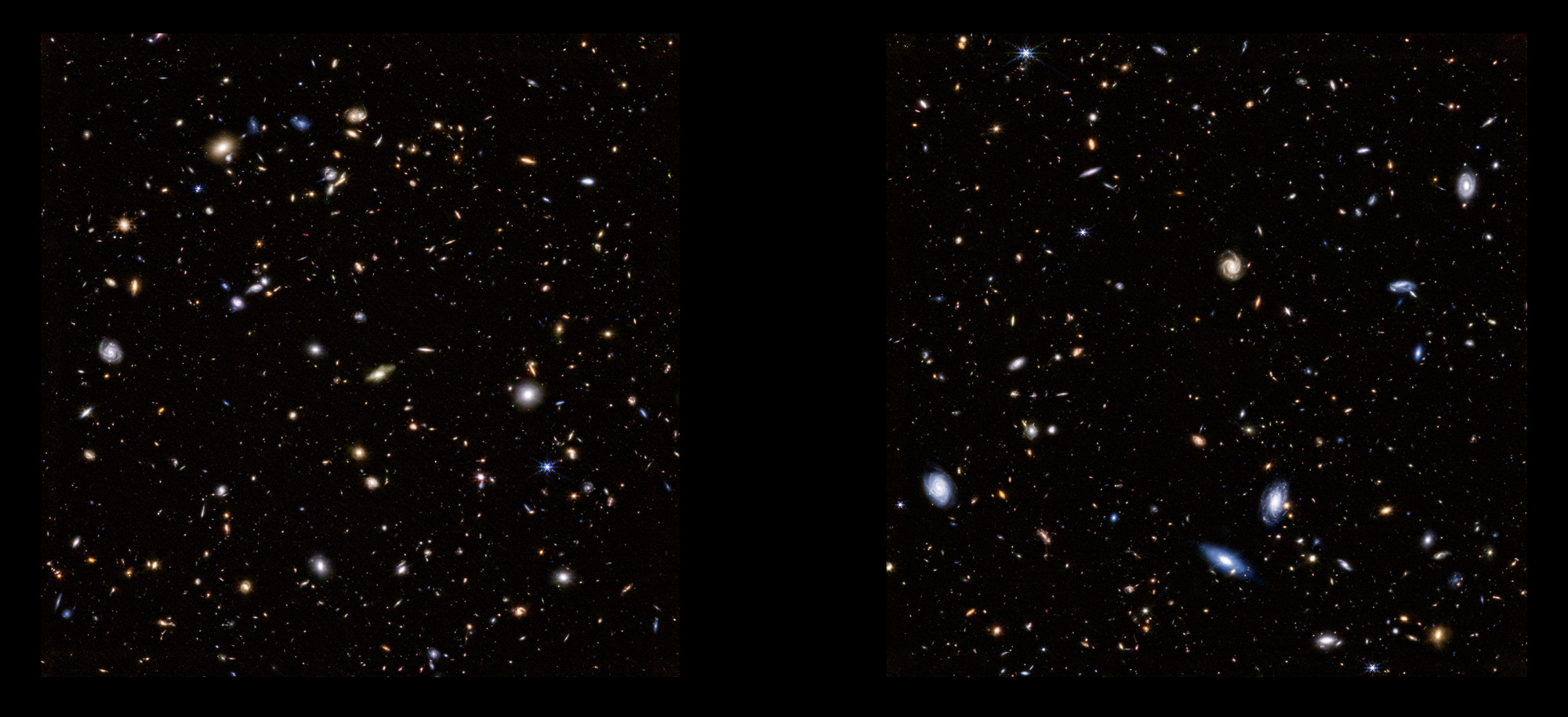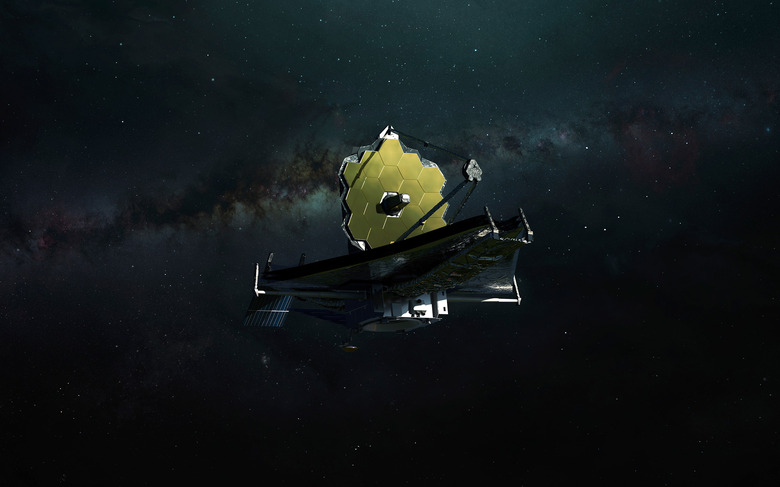New James Webb Photo Shows The Fornax Constellation Like We've Never Seen It Before
NASA's James Webb space telescope has captured a new photo of the Hubble Ultra Deep Field (HUDF), a region of space found within the Fornax constellation. This constellation is in the southern sky and for the longest time, has been considered one of (if not the) deepest looks into our universe we've ever taken.
Webb's view of the Hubble Ultra Deep Field hasn't necessarily led to a huge discovery of new galaxies, as the new telescope viewed the region at a depth similar to that of Hubble. However, it managed to capture the photo of the HUDF in one-tenth of the observing time that Hubble took.
This is a monumental accomplishment, as Hubble originally took 11.3 days to capture the photo of the HUDF. Webb captured its photo of the HUDF in just a little over 20 hours. And, because Webb is much stronger than Hubble, it's also revealing new, young galaxies that Hubble couldn't detect, though not in extreme levels as you might expect.

Astronomers say that Webb's photo of the HUDF allows us to view hot, ionized gas, which allows us to pinpoint exactly where new star formation is taking place. With this updated image of the HUDF, we can look at the stars we already know exist to help determine what's new and what we already know about.
The HUDF was originally so well-lauded because of how deep it peered into space. When the image was originally captured in 2003, it showed us our first glimpse at galaxies that aged back to 800 million years after the Big Bang, effectively making a gateway into the early universe.
Now that Webb has captured a photo of the HUDF, we'll be able to piece together even more about our early universe, and perhaps unveil more of the universe's earliest secrets. Secrets that continue to challenge everything we know about the universe and how it has evolved over the past several billion years.
